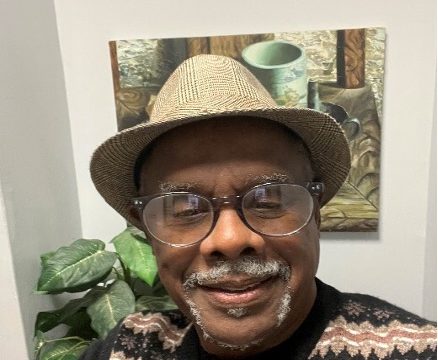

I sifted through rubble of reactions to the recent Supreme Court decision that banned race in college admissions searching if “legacy” was also now banned. Well, there was no “there” there.
Okay, setting affirmative action aside for now – as this court gleefully did – how about we do a deeper dive into another form of “affirmative action” –legacy! I argue that in the same way that we’ve been forced to have an honest national conversation about affirmative action, we’re less than honest if we ignore legacy as a form of affirmative action. However, thanks to the Supreme Court, like a deer caught in the headlights, “legacy” is now out there for public scrutiny.
Turns out that there’s lot out there on the topic legacy. Here’s a brief tour.
“Legacy” is a preference given by an institution to certain applicants on the basis of their familial relationship to alumni of that institution. In college admissions students so admitted are referred to as legacy students. Unlike people of color who are fairly easy to identify, legacy students are indistinguishable. Unlike sororities and fraternities, you won’t find a “Legacy Student” organization, or those words inscribed on sweatshirts and baseball caps on campus.
For years, many universities have engaged in “affirmative action” based on legacy. The offspring of well-heeled alumni – who are overwhelmingly white – have had a far better shot at gaining entry to elite schools which, some argue, amounts to “a form of property transfer from generation to generation.”
Here are a few “let that sink in moments” that may come as a surprise:
- 36% of Harvard’s class of 2022 can claim a relative that previously attended the university.
- A study of thirty elite colleges found that legacy students are an astonishing 45% more likely to get into a highly selective college or university than a non-legacy student.
- Another study revealed that being a legacy was equivalent in admissions value to a 160-point gain on the SAT.
It is estimated that three-quarters of the top 100 colleges in the U.S. factor legacy status into their admissions decisions. This includes all the Ivies and many other ultra-elite private schools such as Georgetown, Duke, and others. A much smaller number of highly selective schools oppose granting favor to legacy status. MIT, Caltech, and Cooper Union are all on record as opposed to hereditary privilege in the admissions process.
Studies have also revealed that legacy students tend to be less qualified than non-legacy students. However, they are economically beneficial to universities since they are perceived to be more likely to donate to their university after graduation.
“Legacy preferences have become an easy target in the wake of a Supreme Court decision that hinged on questions of merit in the college application process,” said Julie Park, who studies college admissions and racial equity at the University of Maryland. Instead of getting in on their own merit, she said, legacy students are just ‘standing on their parents’ shoulders,” she said.
Former president Barack and first lady Michelle Obama both unapologetically admitted to having benefited from affirmative active to get into Ivy League universities. And so did TV’s Joy Reid who also admits that she got into Harvard because of affirmative action. She was aggressively recruited to Harvard because of her excellent grades and SAT scores. Despite that, her first year at Harvard was a shocker. “I never had my academic credentials or intelligence questioned until I got to Harvard. People kept telling me that I didn’t belong there.”
Similarly, the late astronaut, Dr. Ronald McNair, Ph.D., Physics, MIT, the second African American to fly on the space shuttle, recalled being told that he got into MIT and NASA because of affirmative action.
“Now if there’s a silver lining that’s emerged from this Supreme Court ruling, it has forced a national reckoning on legacy preferences,” said Dr. McNair’s brother Carl who today is president of the McNair Achievement Program named in honor of his brother. “As they say, the cat’s out of the bag now and we cannot allow this issue to end up on the back burner.”
Unfortunately, the impact of scant and half-baked acknowledgments of the reality of legacy preferences is that it pits non-legacy groups against each other when the actual discrimination against them is discrimination based on legacy.
In the end, if given a chance to talk to Justice Clarence Thomas, who led the charge for getting rid of affirmation action; the guy who got into both Holy Cross and Yale Universities on affirmative action programs, here’s a question I would ask him:
For decades now Clarence, you have whined and bellyached about how you were harmed by the “stigma” of affirmative action and because of affirmative action that your Yale law degree wasn’t worth 15 cents. So, can we now expect you to complain about the “stigma” of legacy preferences and how it raises doubts about the qualifications of legacy beneficiaries?
Of course, I wouldn’t hold my breath until he answered!
© Terry Howard is an award-winning trainer, writer, and storyteller. He is a contributing writer with the Chattanooga News Chronicle, The American Diversity Report, The Douglas County Sentinel, Blackmarket.com, co-founder of the “26 Tiny Paint Brushes” writers’ guild, recipient of the 2019 Dr. Martin Luther King, Jr. Leadership Award, and third place winner of the 2022 Georgia Press Award.


